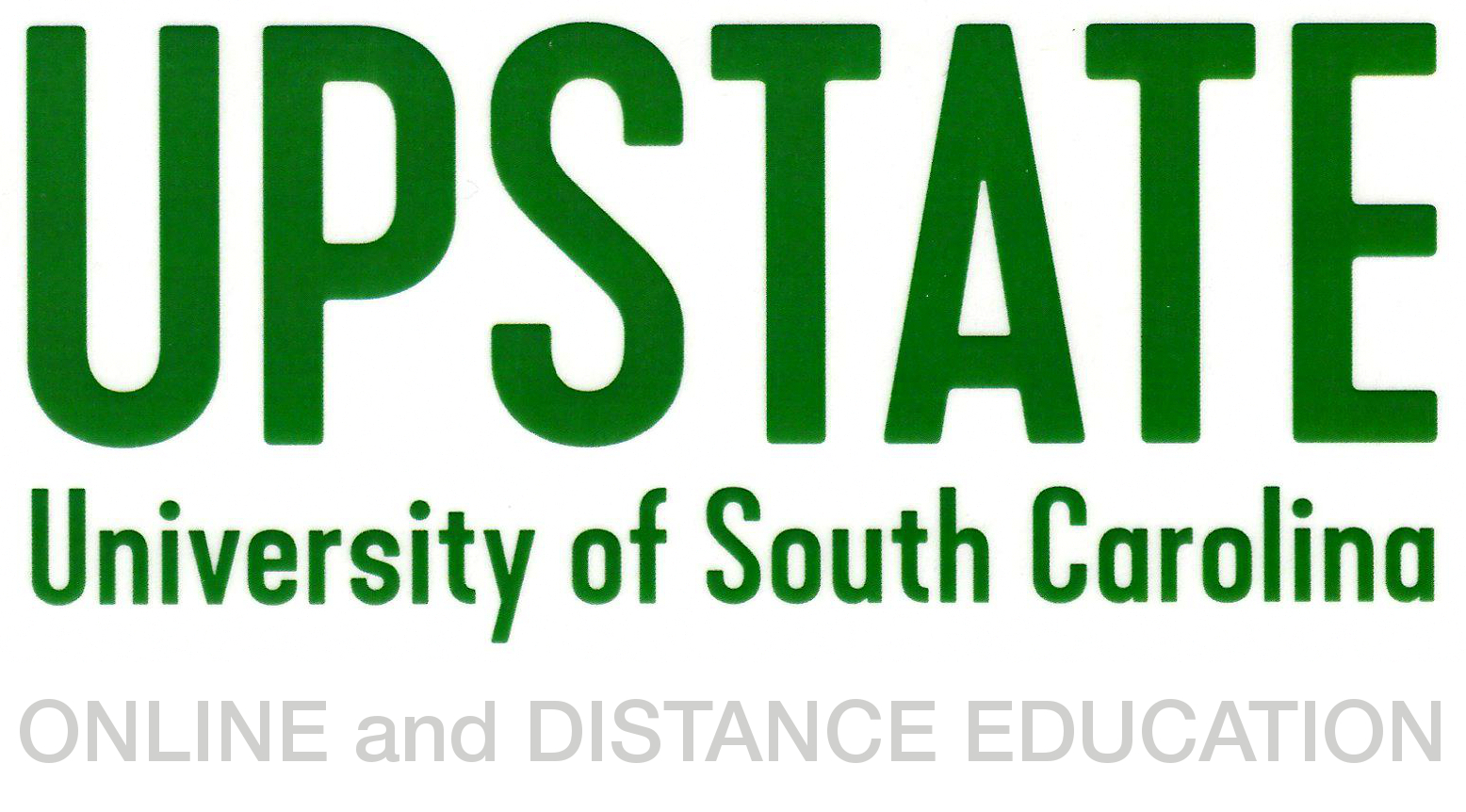This course and support program is for building a new online course from the ground up. If you are looking to improve your existing online course, go to Level 2.
Building a new online course involves many different, and sometimes new, processes in teaching and learning. The process of converting a traditional, on-campus (face-to-face) course to the online environment provides opportunities to learn about and integrate new types of content, new assessment methods, and requires that you re-think the way you present and organize information for your students. Online courses also pose new challenges in communication for faculty and require different processes and a more focused emphasis on electronic communications. To guide this process, we use the Online Learning Consortium Course Quality Review Scorecard. This 50 item checklist and rubric can help you think about the full range of elements that might work best for your course.
The starting assumptions for this program are as follows. If all of these are true, please proceed: - You have completed, or have been waived from the requirment of the Online Teaching Certification.
- The course you wish to develop has been approved through faculty channels (Department Curriculum and Faculty Senate committee).
- You have read and are familiar with the grant policies for this program.
- You are willing and agree to design your course in collaboration with an Instructional Designer and be open to suggestions about new methods, techniques and approaches to teaching your course.
- You agree to implement all recommendations by the instructional design support team and consider all suggested changes to the course in the time period.
Course/Program Overview: Learning OutcomesUpon the completion of this course, a faculty participant will: - identify verbs according to their appropriate Bloom's Taxonomy level.
- illustrate the connection between constructed course learning outcomes, learning assessments, and course content.
- evaluate course being built based on the OLC OSCQR Rubric Template.
- explain appropriate devices and methods to enrolled online students utilized the university online course environment.
- construct a syllabus that meets OSCQR Rubric recommendations.
- produce course videos for introductory and lecture purposes.
- produce announcements to provide course information needed for enrolled online students.
- construct at least half of assigned online course at the end of the L1 Course Build Course.
Course Organization Given the learning outcomes of the course, we have organized it into three parts:
- Part 1: Outcomes, Content Mapping, and Syllabus Mapping
When
constructing a new building, administrators must know what exact people
and resources need to go into that building. The same can be said about
constructing a new online course. Part 1 helps you reflect on what your
learning outcomes are, how each piece of course content connects with
each other, and what needs to be in a syllabus to help your students
become successful. Think of this as building your blueprint and
foundations before getting into the technical aspects of building your
course.
- Part 2: Content Building and Communication
While the beginning of this course is more about planning out your course, Part 2 is about getting your course plan visualized. Content is
defined as any and all information and data, which forms the substance
of the course. Anything, from required readings, video and audio
recordings, presentation materials, internet resources, field notes,
student writing, to stil images form the material content of the course.
We will focus on the ways content can be produced, organized, and used
in an effective online course. Communication is
defined as the many ways we convey meaning about this content, through
spoken, interactive conversation, questions, pre-recorded communication.
The actors in our communicative spaces are you, the students, and
perhaps others in the world. In this course, we will focus on the
processes and tools that best facilitate active communication between
you and your students, between students as peers, and between the
students and you. At the end of Part 2, you should have 25% of the course complete.
Between
reading L1 course materials, completing all assignments, and building a
solid relationship with your assigned course facilitators, you should
be successful at completing at least 50% of your online course by the
end of L1 Course Build Course. Given the content of this course connects
with, and course facilitators trained in, the OSCQR Rubric, the team of
you and the assigned course facilitator will be able to ensure the
course was built with OSCQR Rubric practices in mind.

|

